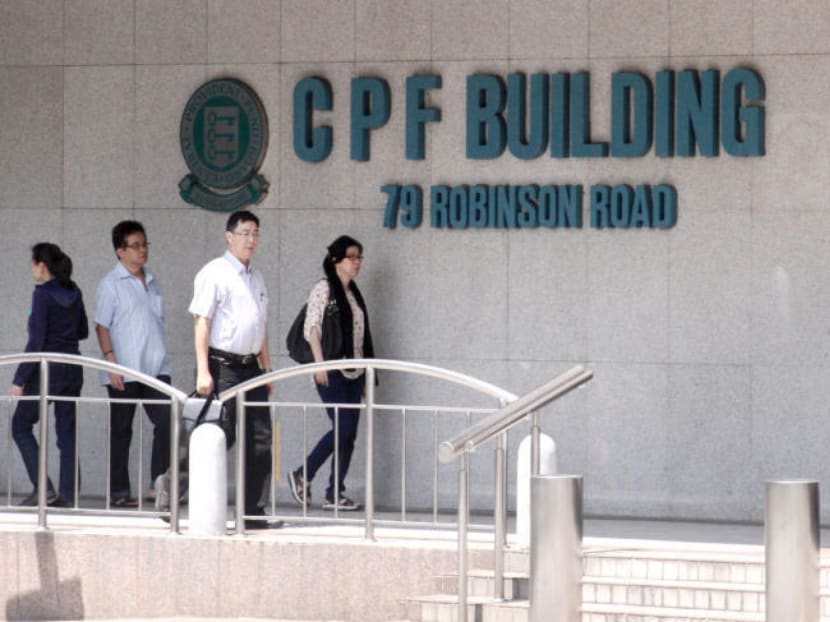Review of CPF scheme among highlights of 2014
SINGAPORE – A review of Singapore’s Central Provident Fund (CPF) system was announced in 2014.
SINGAPORE – A review of Singapore’s Central Provident Fund (CPF) system was announced in 2014.
Changes being studied mark a significant departure from the current system, even as its fundamental role – to provide for retirement adequacy – remains. A panel tasked with the review will submit its first findings to the Government by February 2015.
Hints of significant changes to the CPF system were given by Prime Minister Lee Hsien Loong during the National Day Rally. Individuals will be allowed to take out part of their savings in a lump sum, when they need to - but subject to limits. More flexibility will also be built into the system.
A 13-member panel was formed in September 2014 to look at the issues. Since November, it has carried out a series of focus group discussions. As of mid-December, about 270 people have been consulted. The panel has also received more than 100 emails.
SINGAPOREANS VALUE CPF SYSTEM, BUT RAISE CONCERNS
It is clear that Singaporeans do value the CPF system, but there are concerns.
Mr Loh Wai Poon, 60, who is semi-retired, said: “The Minimum Sum is one of the frustration nowadays because everybody is complaining it is getting higher and higher.”
The Minimum Sum now stands at S$155,000, after adjusting for inflation. It will provide about S$1,200 per month, for life, through the national annuity plan CPF LIFE.
In July 2015, the Minimum Sum amount will be adjusted to S$161,000. One area the panel is looking at is how to adjust this sum beyond 2015, and if payouts should address the cost of living increases over time.
Some questions the panel aims to address include: Is S$1,200 a month enough to meet a person’s living expenses in future? Should the CPF allow for varying levels of payouts and therefore different Minimum Sums?
Younger Singaporeans seem to be in favour of more flexibility to manage their money.
Said Ms Christine Choo, 31, a postgraduate student: “There is no one-size-fits-all system. Everybody has different needs. There is no specific formula that can meet everybody’s needs.”
Mr Marcus Chua, 25, an associate analyst, commented: “There is a range of products that you can actually invest. Some people have better information and they have a better outlook of a certain industry, but the CPF does not allow them to put their money in that instrument. So I think that if you are educated, you should be given the opportunity to use it in the way that you think you should.”
MORE OPTIONS MEAN A MORE COMPLICATED SYSTEM: MANPOWER MINISTER
However, Manpower Minister Tan Chuan-Jin warned that more options will mean a more complicated system. He said the number of people meeting the Minimum Sum has gone up.
About half of active CPF members were able to meet the amount in 2013, compared to one-third just five years earlier, because more people are working, earning more and accumulating more savings.
Flexibilities worked into the system will take into account the kind of payouts Singaporeans want in their retirement years.
Mr Tan said: “There are very divergent needs and people are feeling very strongly on issues on both ends. What is the correct answer? Different individuals would prefer different answers because you have your own particular needs and concerns. So for the CPF going forward then, how do we then meet the different requirements? How best to do that in a way that still adheres to the basic fundamentals?”
“Because I think the concern with retirement adequacy is not a trivial one and that is something that we are quite mindful of. Because one is to keep the system sustainable. Many systems out there are struggling, having serious issues. But we are in a position of strength, and I think that is a good position to be in, and longevity compels us to deal with the issues quite squarely,” the minister added.
Mr Christopher Tan, a member on the CPF Advisory Panel, said: “We have to take back all the feedback and then look at how we can create a system that will appropriately meet the needs of various levels of people in Singapore. Obviously, the difficulty is that if you want more flexibility, the system is going to get very complicated, it is going to be very hard to explain. So we need to have a balance.”
He added: “First and foremost, we need to understand the CPF system is to provide the basic retirement needs of the people. So that is the first parameter. At the same time, the thing we need to be wary of is that if people take out the money and then they squander it all, what is going to happen to them?”
“So I think firstly, (we should) make sure the CPF system provides for adequate retirement, and if we are going to allow flexibility, then it must be done in such a way that it is not going to hurt this person if he is going to retire with no money,” he added.
The first set of recommendations to be submitted by the advisory panel will touch on issues such as the Minimum Sum, lump sum withdrawal and payouts. The issue of alternative investments and annuities will take longer to study. Those recommendations should be out by the middle of 2015. CHANNEL NEWSASIA







